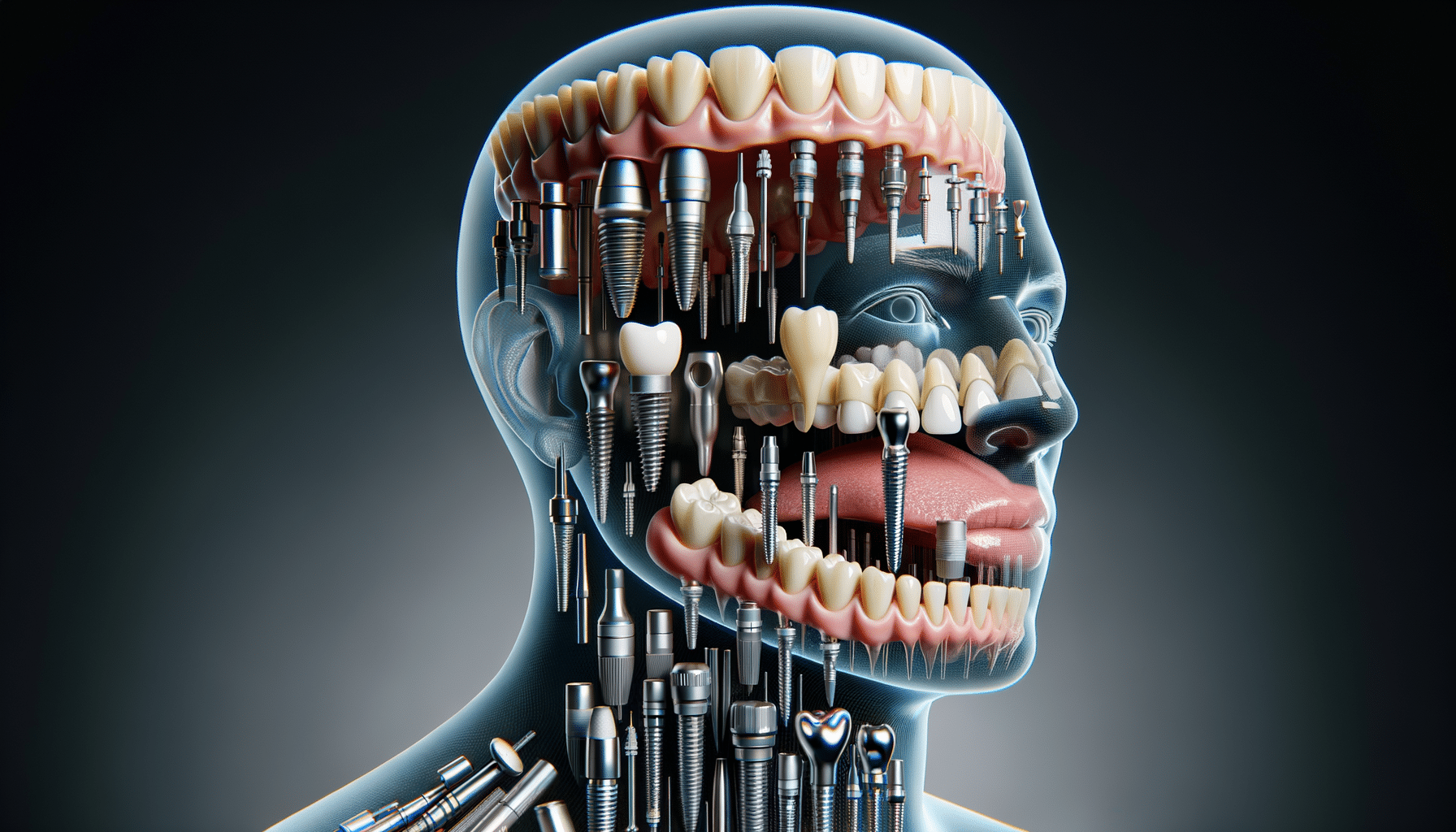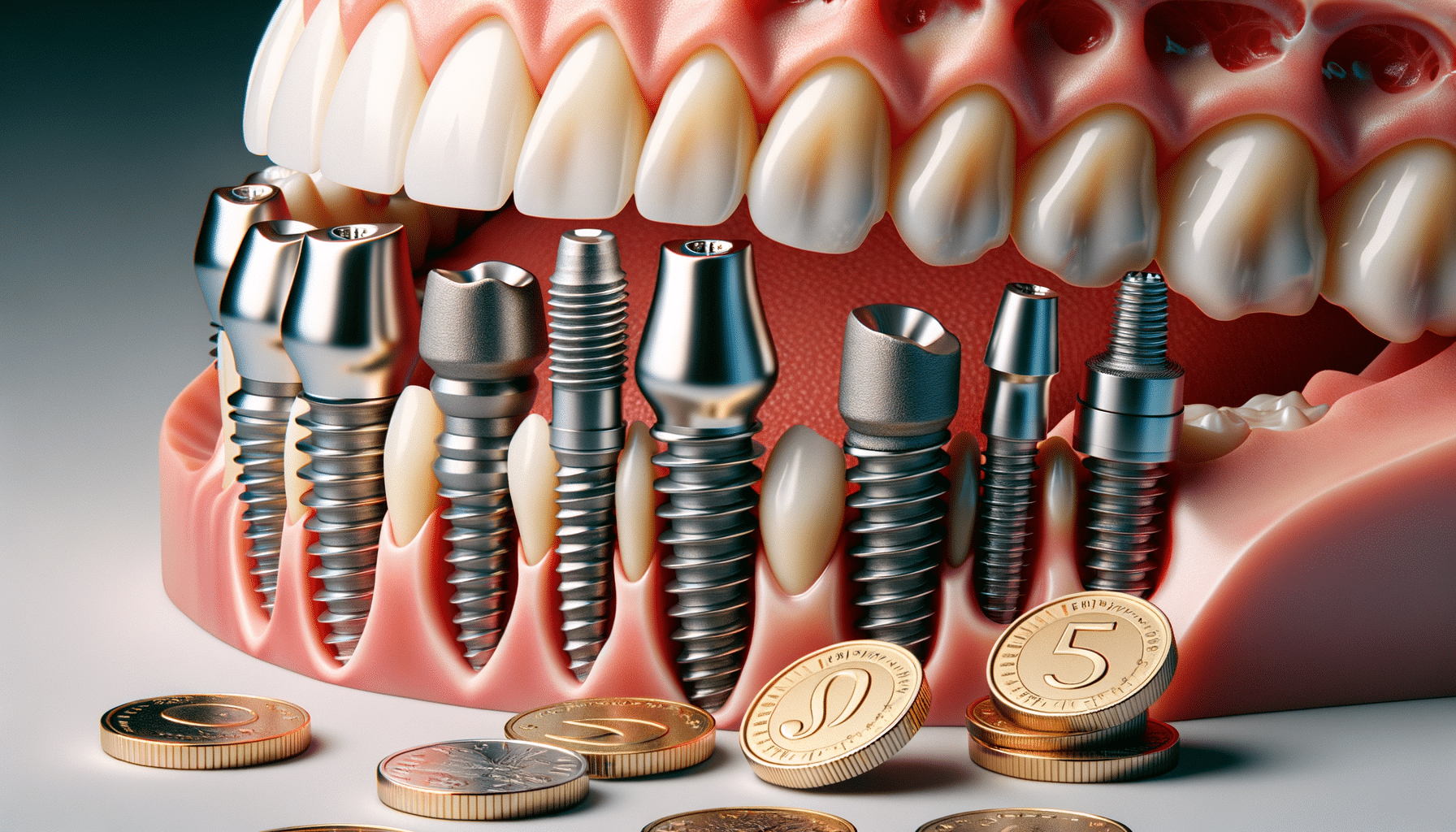
5 Things Every Teen Should Know Before Getting Dental Braces
Introduction to Dental Braces for Teens
For many teenagers, the idea of getting braces is both exciting and daunting. Dental Braces for Teens are a common orthodontic treatment aimed at correcting misaligned teeth and improving overall dental health. As teens go through significant physical changes, having straight teeth can boost their confidence and contribute to their social interactions. Understanding the importance of dental braces and their impact on oral health is crucial for both teens and their parents.
Braces are not just about aesthetics; they play a vital role in correcting bite issues and preventing future dental problems. With advancements in orthodontic technology, there are now various Types of Braces available, allowing for personalized treatment plans that cater to individual needs. This article explores the Benefits of Dental Braces, different types available, and tips for Maintaining Oral Hygiene during treatment.
Benefits of Dental Braces
Dental Braces for Teens offer numerous advantages beyond just straightening teeth. One of the primary Benefits of Dental Braces is the improvement in oral health. Misaligned teeth can lead to a host of issues, including difficulty in cleaning, which may result in cavities and gum disease. By aligning the teeth properly, braces make it easier to maintain oral hygiene and prevent these problems.
Another significant benefit is the correction of bite issues. Malocclusions, such as overbites, underbites, and crossbites, can cause excessive wear on teeth and lead to jaw pain. Braces help in aligning the jaw and teeth, distributing bite pressure evenly, and reducing the risk of dental injuries. Moreover, a well-aligned bite can improve speech and chewing efficiency, enhancing overall quality of life.
Psychologically, braces can boost a teen’s self-esteem. A confident smile can positively affect social interactions and self-image, which is particularly important during teenage years. The journey to a perfect smile with braces often teaches patience and discipline, valuable life skills for young individuals.
Types of Braces
With advancements in orthodontics, there are several Types of Braces available today, each with its own set of advantages. Traditional metal braces are the most common and are known for their durability and effectiveness in treating complex dental issues. They consist of metal brackets and wires and are often the most economical choice.
Ceramic braces are another option, offering a more aesthetically pleasing alternative to metal braces. They function similarly but use clear or tooth-colored brackets that blend with the natural color of the teeth, making them less noticeable.
For those seeking a more discreet option, lingual braces are attached to the back of the teeth, making them invisible from the front. However, they may take some time to get used to and can be more challenging to clean.
Clear aligners offer the most flexibility, as they are removable and almost invisible. They are ideal for teens who are disciplined enough to wear them as prescribed. Each type of braces has its own pros and cons, and consulting with an orthodontist is crucial to determine the best option for a teen’s specific needs.
Maintaining Oral Hygiene with Braces
Maintaining Oral Hygiene is paramount when wearing braces, as the brackets and wires create additional spaces for food particles and plaque to accumulate. Proper oral care routines are essential to prevent cavities and gum disease during orthodontic treatment.
Brushing teeth after every meal with a fluoride toothpaste and a soft-bristle toothbrush is recommended. Special attention should be paid to cleaning around the brackets and wires, and using an interdental brush can help reach difficult areas. Flossing daily with a floss threader or using water flossers can effectively remove debris between teeth.
Regular dental check-ups and cleanings are crucial to monitor oral health and make necessary adjustments to the braces. Avoiding sticky and hard foods that can damage the braces is also advised. By adhering to these practices, teens can ensure that their journey with braces is smooth and their teeth remain healthy.
Conclusion: Embracing the Braces Journey
Dental Braces for Teens are more than just a tool for achieving a perfect smile; they are an investment in long-term oral health and self-confidence. Understanding the Benefits of Dental Braces and the different Types of Braces available can help teens and their families make informed decisions about orthodontic care.
The journey with braces requires commitment to Maintaining Oral Hygiene and patience as teeth gradually align. However, the rewards of a straight, healthy smile are well worth the effort. As teens embrace this journey, they not only enhance their appearance but also learn valuable lessons in self-care and perseverance.

